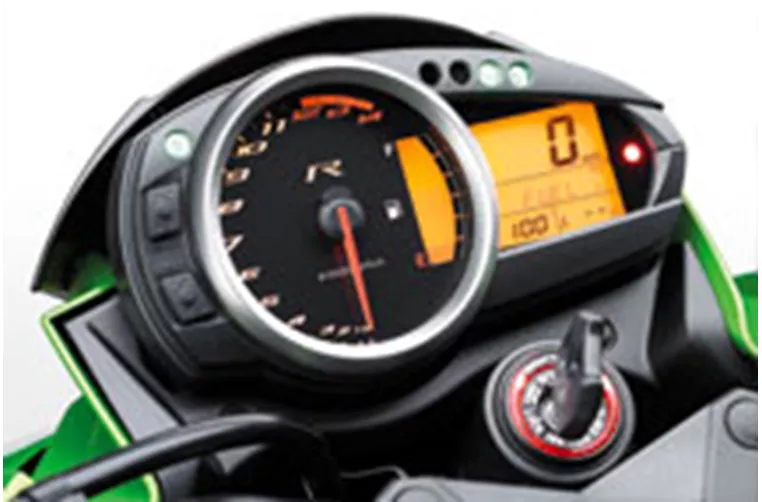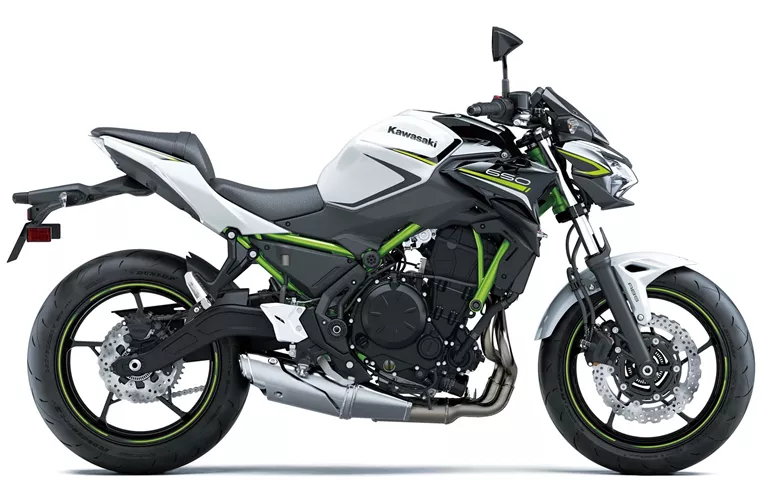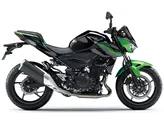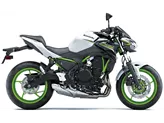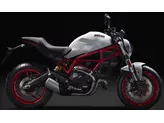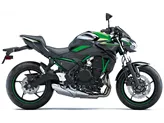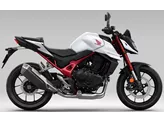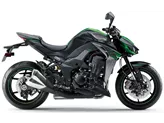Kawasaki Z 750R 2011 vs. Kawasaki Z650 2020

Kawasaki Z 750R 2011
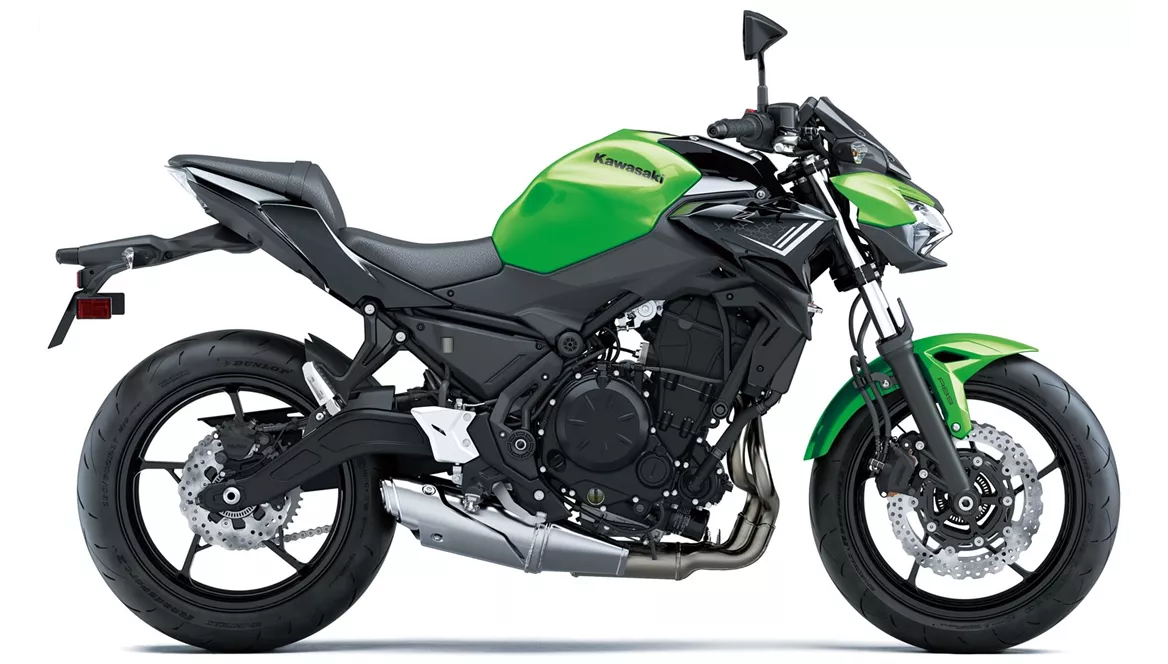
Kawasaki Z650 2020
Overview - Kawasaki Z 750R 2011 vs Kawasaki Z650 2020
The Kawasaki Z 750R model year 2011 and the Kawasaki Z650 model year 2020 are both naked bikes designed for street riding. While they have some similarities in terms of engine type, cooling, and frame material, there are several notable differences between the two models.
Starting with the engine, the Kawasaki Z 750R 2011 is equipped with an inline four-cylinder engine that produces 106 HP of power and 78 Nm of torque. On the other hand, the Kawasaki Z650 2020 features a smaller inline twin-cylinder engine that generates 68.2 HP of power and 65.7 Nm of torque. This means that the Z 750R offers more power and torque compared to the Z650.
In terms of suspension, the Z 750R 2011 comes with an upside-down telescopic fork at the front and a rebound-adjustable rear suspension. On the other hand, the Z650 2020 is equipped with a telescopic fork at the front and a preload-adjustable rear suspension. While both bikes have similar suspension setups, the Z 750R offers the advantage of a more advanced upside-down fork.
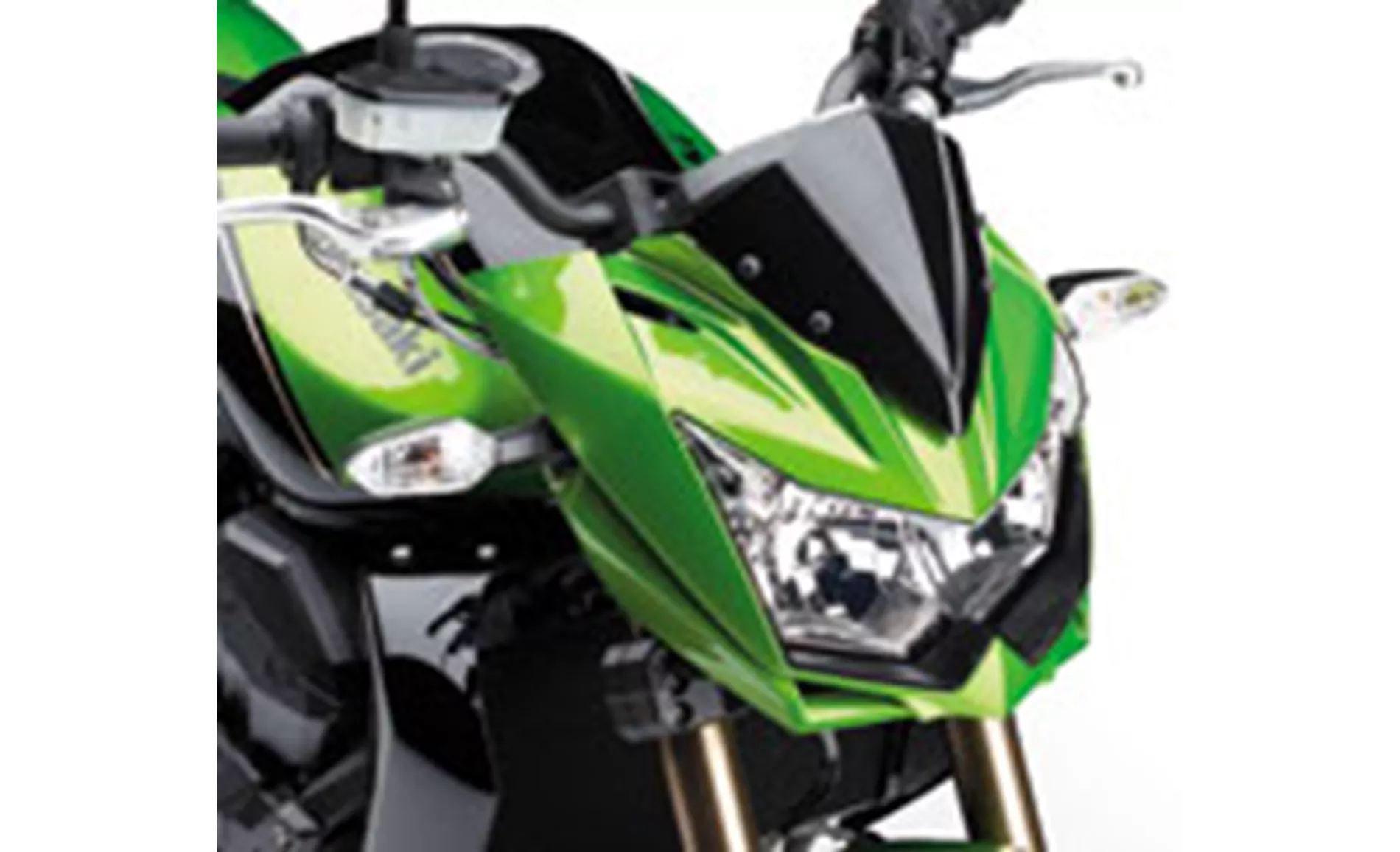
Kawasaki Z 750R 2011
When it comes to braking, the Z 750R 2011 features a double disk front brake system with four pistons and radial, petal technology. The Z650 2020 also has a double disk front brake system, but with double piston calipers and petal technology. The Z 750R's braking system is more advanced and offers better performance compared to the Z650.
In terms of dimensions and weights, the Z 750R 2011 has a larger wheelbase of 1440 mm compared to the Z650's 1410 mm. The seat height of the Z 750R is also higher at 835 mm, while the Z650 has a lower seat height of 790 mm. Additionally, the Z 750R is heavier with a kerb weight of 227 kg (230 kg with ABS), while the Z650 is lighter at 185 kg (187.1 kg with ABS). The Z 750R also has a larger fuel tank capacity of 18.5 liters compared to the Z650's 15 liters.

Kawasaki Z650 2020
In terms of strengths, the Z 750R 2011 boasts a confident engine, excellent braking system, and the presence of ABS. On the other hand, the Z650 2020 has a powerful two-cylinder engine, aggressive intake noise, compact dimensions, low seat height, stable chassis, TFT display with connectivity, and a more mature appearance.
However, the Z 750R 2011 does have a weakness in terms of stability, as it can feel unsteady in the chassis. On the other hand, the Z650 2020 has weaknesses in terms of front brake pressure point, potential discomfort for tall riders, and the Rideology App not being fully sophisticated.
In conclusion, while both the Kawasaki Z 750R 2011 and the Kawasaki Z650 2020 are capable naked bikes, they have distinct differences in terms of engine power, suspension, braking, dimensions, and weights. The Z 750R offers more power and a more advanced suspension and braking system, while the Z650 boasts a more compact and modern design with additional features. Ultimately, the choice between the two models would depend on the rider's preferences and priorities.
Technical Specifications Kawasaki Z 750R 2011 compared to Kawasaki Z650 2020
Pros and Cons in comparison
Pros and Cons in comparison
Kawasaki Z 750R 2011
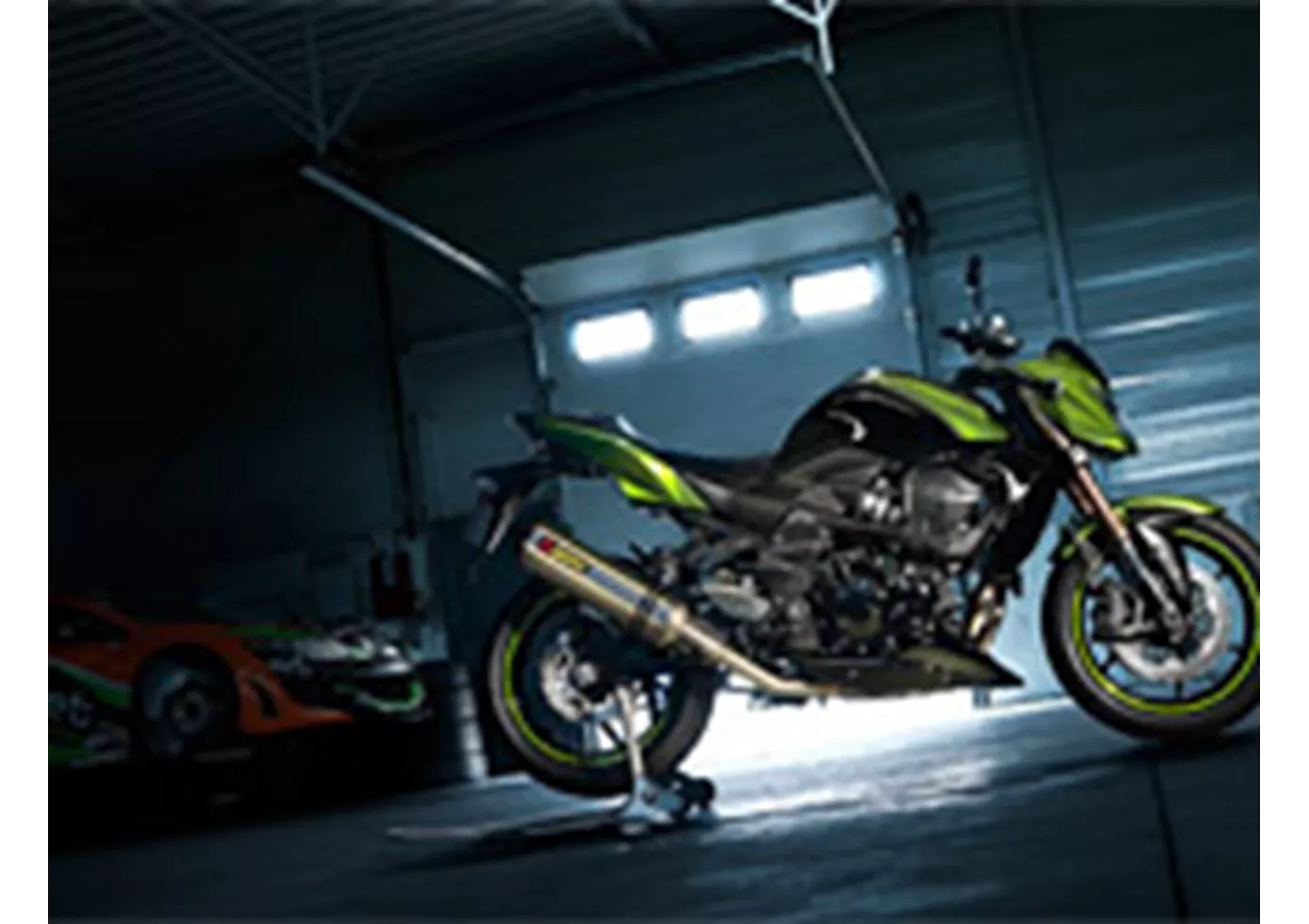
All in all, we think the Kawasaki Z 750 is right to wear the R. It is definitely a lot of fun on trackdays. However, if you want to hunt for lap times energetically, you have to invest in the chassis. Primarily to gain lean angle clearance. After that, you could even think about an "RR" in the name abbreviation.
Kawasaki Z650 2020
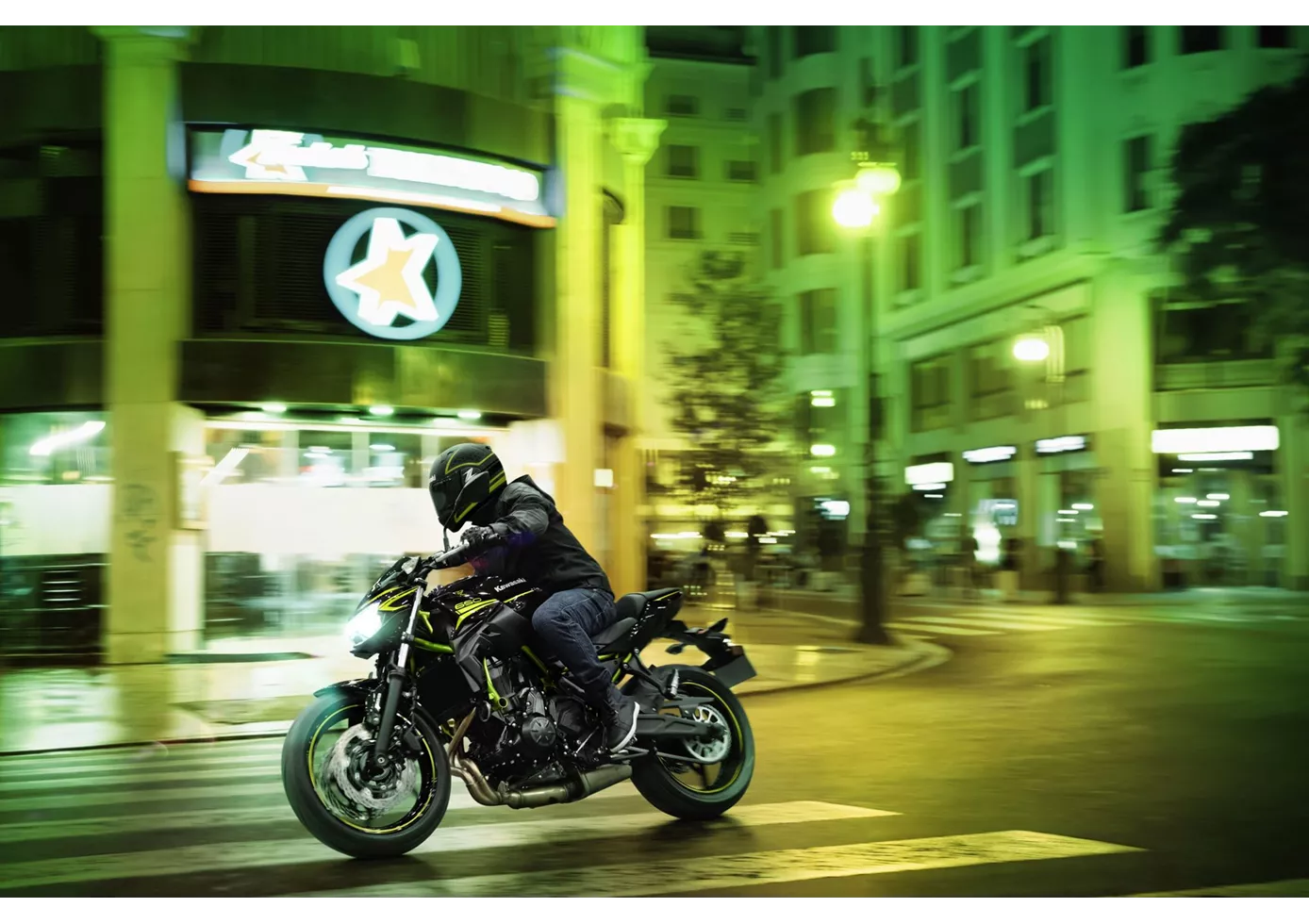
It's simply marvellous what Kawasaki has put together in a complete package with the new Z650. The technical components may not knock your socks off individually, but in combination they make for a pleasantly neutral motorbike that everyone will enjoy. No bitchy idiosyncrasies - simply a naked bike that works really well on winding country roads. Of course, the TFT display, which we don't find in the competition at the moment, is a plus, as is the grown-up look, which is strongly oriented towards the larger Z models. Only the pressure point of the front brake could have been more clearly defined - but you can't have everything in this price range.
Price Comparison Avarage Market Price Kawasaki Z 750R vs Kawasaki Z650
There are a few key differences between a Kawasaki Z 750R 2011 and a Kawasaki Z650 2020. In terms of price, the actual average price of a Kawasaki Z650 2020 is about 25% higher. Compared to Kawasaki Z650 2020 there are less Kawasaki Z 750R 2011 bikes available on the 1000PS.de Marketplace, specifically 4 compared to 21. It takes less time to sell a Kawasaki Z 750R with 49 days compared to 80 days for a Kawasaki Z650. Since model year 2011 1000PS.de editors have written 7 reviews for the Kawasaki Z 750R and 31 reviews for the Kawasaki Z650 since model year 2017. The first review for the Kawasaki Z 750R was published on 9/14/2010 and now has more than 17,800 views. This compares to more than 25,000 views for the first review on Kawasaki Z650 published on 11/8/2016.
